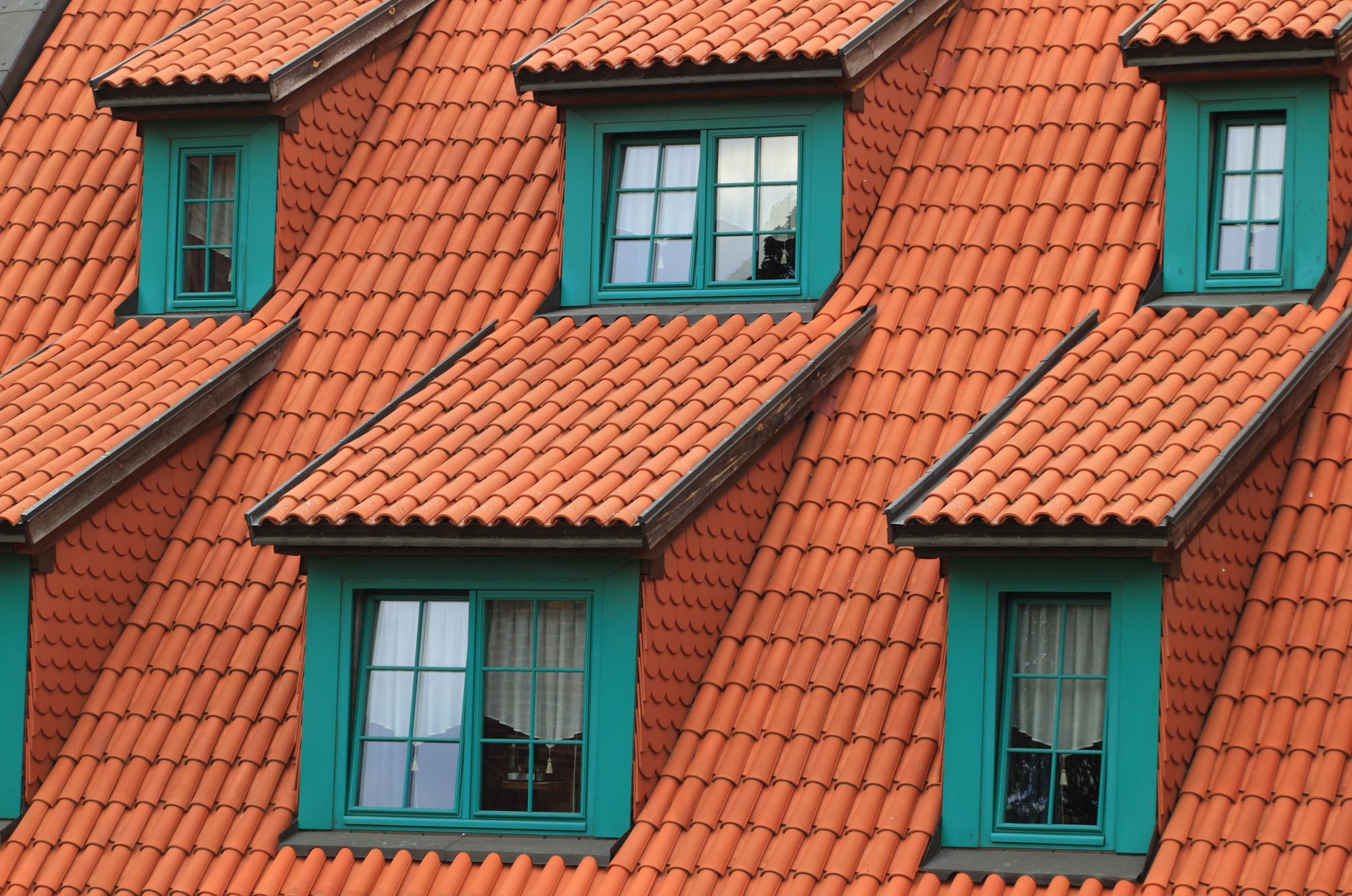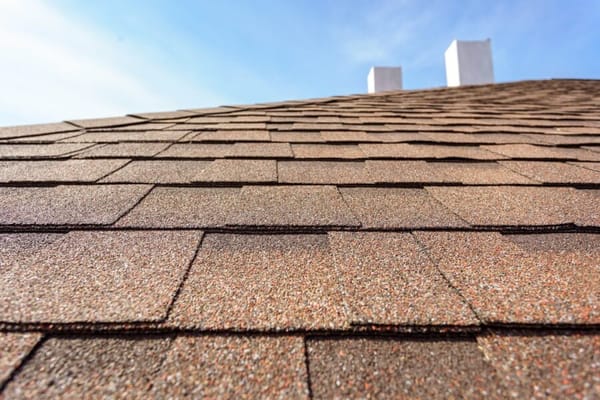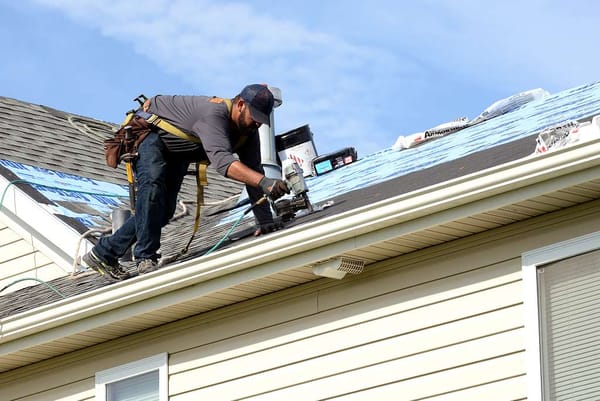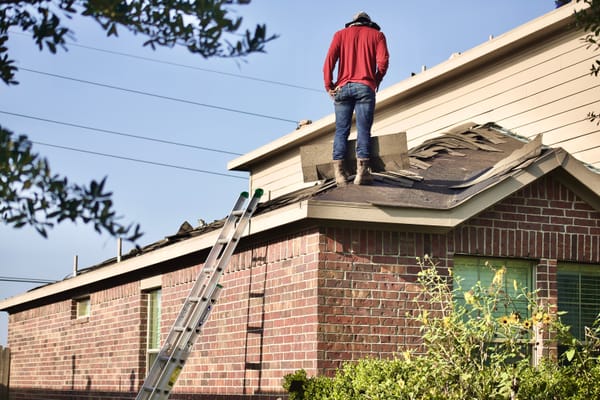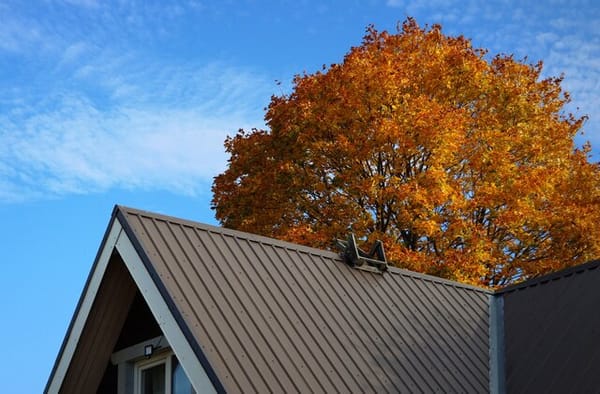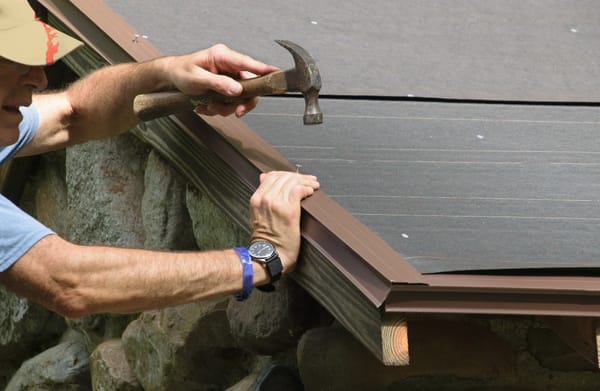In the sphere of home improvement and construction, the significance of roof ventilation is frequently overlooked. Yet, it plays a pivotal role in maintaining the structural integrity of your home and can also impact the overall comfort within your living space. From controlling indoor temperature, reducing energy costs, to preventing potential damage, the benefits are manifold.
In this article, we're going to examine the various types of roof ventilation, each with their unique features and advantages. Understanding these different options will help homeowners make informed decisions about the right ventilation systems for their roofs.
Static Vents
Static vents, also known as box vents or turtle vents, are a popular choice among homeowners due to their simplicity and cost-effectiveness. Installed near the roof's ridge line, these non-mechanical vents allow hot, moist air to escape naturally. They come in a range of styles and materials to suit different architectural aesthetics. While cost-effective, static vents require careful positioning for optimal efficiency and may require several units to fully ventilate larger roofs.
Ridge Vents
Ridge vents run along the peak of your roof, providing a consistent and even distribution of ventilation along the entire roofline. They create a seamless look because they are typically covered with the same material as the roofing shingles. Ridge vents provide optimal ventilation and work best in tandem with soffit vents to create a natural flow of air from the bottom to the top of the roof.
Soffit Vents
Often used in conjunction with other types of vents, soffit vents are installed in the eaves of the roof. They allow fresh, cool air to enter the attic, pushing hot air towards the upper vents from where it can be expelled. Soffit vents are a crucial component of the intake ventilation system and help in maintaining a balanced airflow in the attic.
Gable Vents
Gable vents are installed in the gable ends of the attic and can be customized to match the aesthetic of your home. They can work independently but are often used along with other ventilation types. While not as efficient as ridge or soffit vents, gable vents still play a significant role in proper roof ventilation.
Wind Turbines
Also known as whirlybirds, wind turbines are a type of roof vent that uses wind power to extract heat from the attic. The spinning action created by the wind draws up hot air and moisture. However, their effectiveness can be limited in areas with low wind speeds.
Powered Vents
Powered vents, or attic fans, use electric power to draw hot air and moisture out of the attic. These fans are thermostatically controlled to operate when the attic reaches a certain temperature. While they are more efficient at moving air compared to static vents, they also consume energy and may require professional installation.
Solar Vents
An eco-friendly and energy-efficient solution, solar vents use solar power to activate a fan that exhausts hot air from the attic. These vents can be quite efficient, especially in sun-rich locations, reducing the load on your home's cooling system. Besides, solar vents have the added advantage of operating even during power outages, ensuring continuous ventilation.
Cupola Vents
Adding a vintage charm to your house, cupola vents are not only aesthetically pleasing but also functional. Usually placed at the highest point of the roof, they allow hot air to escape naturally. While primarily used in barns and older homes, cupola vents can be a stylish and effective ventilation option for modern houses as well.
Off Ridge Vents
Off ridge vents are similar to box vents but are longer and thinner. These vents are installed away from the ridge line and can be used in multiples depending on the size of your attic. Though not as efficient as ridge vents, off ridge vents can be a viable alternative when other ventilation methods are not suitable.
Conclusion
The myriad types of roof vents play a crucial role in creating a healthy and energy-efficient home. From passive roof vents like ridge vents and drip edge vents to active roof vents like power vents and solar-powered vents, each has its unique role in attic ventilation. The balance between intake vents and exhaust vents is vital in maintaining the right airflow, drawing fresh air in, and expelling hot air from the attic space.
Turbine vents, while dependent on wind, are a great solution for consistent ventilation, whereas baffle ridge vents offer a seamless look and efficient performance. Remember, every home has different needs, and the choice between active and passive ventilation systems should be made considering your home's unique requirements and local weather conditions.
Ensuring that your attic ventilation is adequately implemented, from installation to maintenance, can help prolong the life of your roof, enhance comfort within your home, and contribute to energy savings. The right choice and combination of roof vents can bring about a significant difference to the overall well-being of your home.

